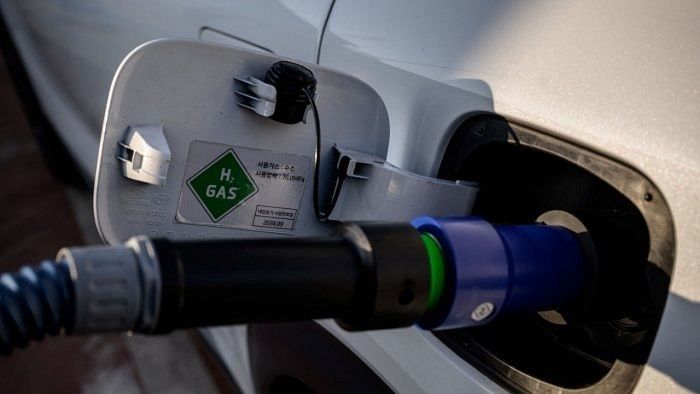
In his inaugural address at the World Sustainable Development Summit organised by The World Energy and Resources Institute (TERI) a few months ago, Prime Minister Narendra Modi expressed concern about developing countries' inability to take extensive action for climate mitigation without support. Developed countries are responsible for increasing the concentration of carbon dioxide (CO2) in the atmosphere, which has already warmed the planet by 1.10 degrees Celsius from the pre-industrial era. He reminded them of their unfulfilled promise of extending financial and technological support to developing countries for taking adaptation measures.
The PM added that the energy requirement of the people of India is expected to double in 20 years. The daily power demand of the country during the last week of April soared to 210 giga watts when the highest summer temperature was registered in several cities in north India. The skyrocketing coal prices due to Russia's invasion of Ukraine has made the matter worse and the railways had to make way for coal transportation by suspending passenger trains. As we import 85% of our energy requirement, the transition to cleaner energy and green hydrogen has been receiving greater attention from the government.
In the last budget, a production-linked incentive (PLI) to produce 5 million tonnes of green hydrogen by 2030 was offered. Solar and wind energy costs are now comparable to hydro electric costs, yet renewable energy cannot replace fossil fuel in some areas. Renewable energy to run industries such as fertiliser, steel and cement, and also transport sectors like airlines and shipping, is not viable. It is in these sectors the use of green hydrogen is necessary to decarbonise the economy and move on the growth trajectory to achieve the country’s commitment of net zero by 2070.
Green hydrogen has tremendous potential and can be stored and utilised for high-intensity uses in fertiliser, cement and steel industries. It is highly suitable as transport fuel and can be an answer to decarbonise shipping and airline sectors. PLI has also been offered in India’s latest budget for the battery-swapping scheme needed for large-scale acceptability of electric vehicles. The swapping would work for batteries for two-wheelers, three-wheelers and cars but it would not work for long-distance movement of goods using heavy vehicles. Green hydrogen is the solution to fuel such transport vehicles as well. In other words, electric vehicles are only a stopgap arrangement till green hydrogen technology is finally researched and developed to the scale.
The Gas Authority of India Limited has announced mixing hydrogen with natural gas system at Indore. Under the project, hydrogen-blended natural gas reportedly will be supplied for retailing CNG to automobiles and piped natural gas to households.
Green hydrogen is more likely to leak because molecules are smaller and it produces air pollution in the form of nitrous oxide when burned. Also, it is inflammable and carries economic and safety risks. The country should be cautious in announcing big investments on a technology which is still developing and is being researched.
Green hydrogen comes from electrolysis of water using renewable energy. David Joffe, the author of a report on behalf of a committee on climate change advising the Government of the United Kingdom, said that it is an option to decarbonise the difficult bits of the energy system as everything can’t be electrified. The UK’s gas industry thought that the natural gas used for heating homes can be replaced by green hydrogen, but the report added that if it is used for heating homes we get only 63% of heat energy of what we used for electrolysis. However, if electricity is used for driving heat pumps, we generate from 210 to 400% heat energy compared to electricity consumed, as the pumps extract the heat energy already present in the air or ground in the vicinity of the building.
Research trends indicate that many technologies of green hydrogen are likely to compete and we do not know at this stage as to which of these would be economical and secure. With the risk factors which may lead to industrial collapse and the unknown areas of how the green hydrogen technology will unfold in future, the government should fix a modest target in the total energy requirement for the country. This would also ensure that in the event of any possible disaster, the transport and industry sectors are not crippled.
The present cost of producing green hydrogen is $3 to $6 per kg, which is quite unaffordable. The Mukesh Ambani-led Reliance is to repurpose a synthesis for producing blue hydrogen, costing $1.2 to $1.5 per kg. Though it is not the greenest form of fuel, it can be a stopgap arrangement till the cost of green hydrogen comes down.
The planned investment in green hydrogen is quite big and requires a huge government subsidy. If the programme fails, critics will call it cronyism. The government must keep its financial commitment modest and leave the risks to industries.
(The writer is former Principal Chief Conservator of Forests, Karnataka)